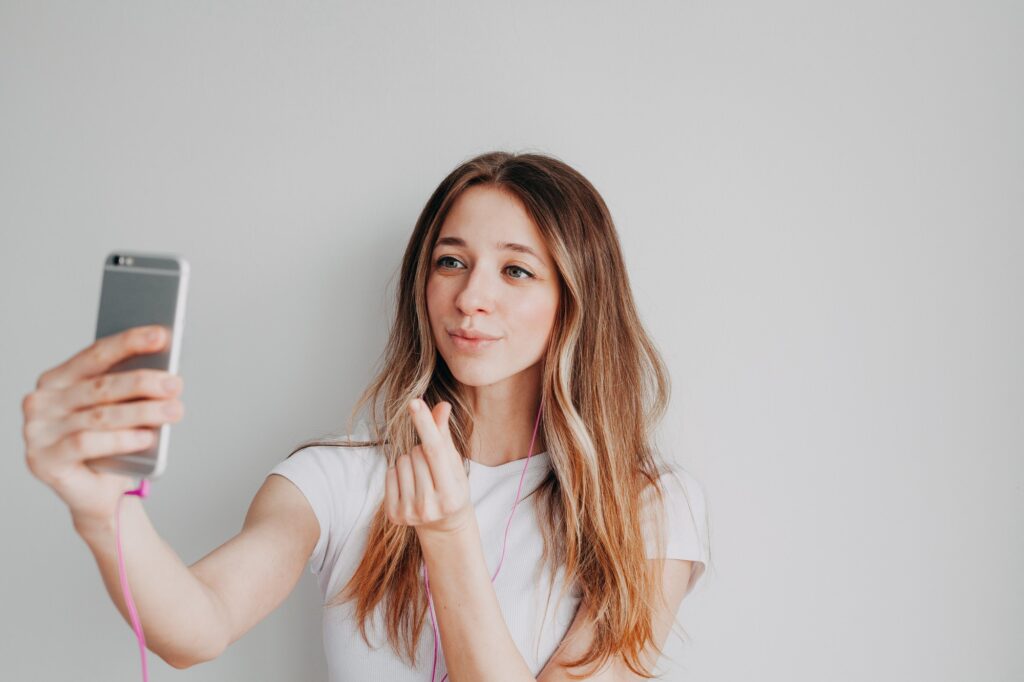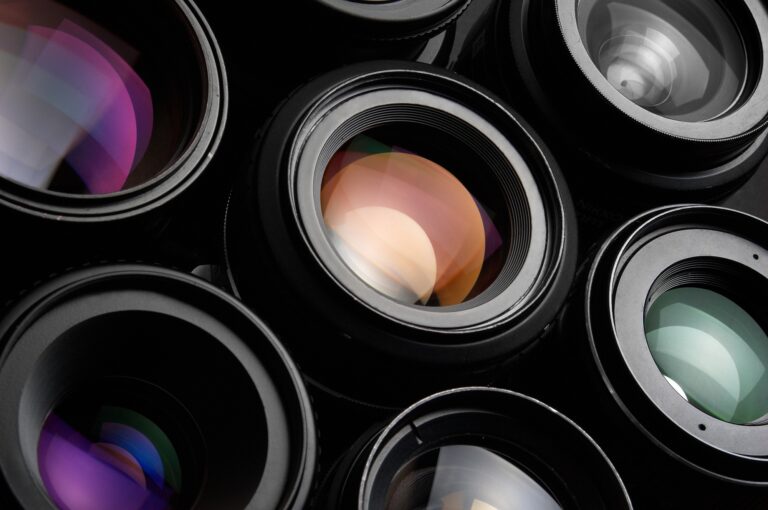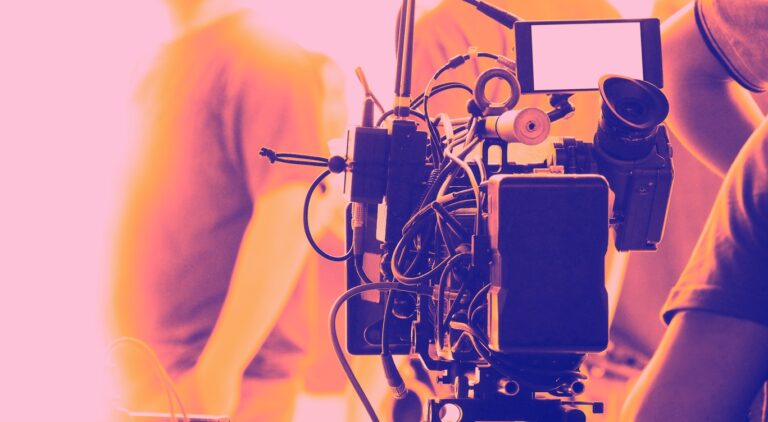Instagram allows you to easily share your performances with the world, whether you are showcasing your talent to improve your musical career or simply filming for fun.
How to make Instagram Video in 2021 and make money of it?
Many people are now filming their first video or making more advanced videos because of the Coronavirus. Rotosound has put together this guide to help you get the most out of your video performance.
The golden rules
Set the scene
Filming can be done in your living room or bedroom, your kitchen, your garden, or even your car. However, it is important to keep the area free of distractions. Your audience will be the same as you.
You should make sure that there aren’t any distracting sounds like a washing machine, roadworks outside, or your neighbor recording their own Instagram video with the drum set next door.
Make sure to clear the space in your shot. You want your audience to be able to focus on you playing and not the laundry pile on your floor. You can collect action figures or rock posters.
A messy room with a piano
Do not let a messy space distract your audience.
Light is your friend, use it wisely!
Any professional photographer who has shot video or taken photographs professionally will tell ya that light is the key to good shots. You always need more than you think!
Most cameras, including smartphones, automatically adjust the ISO setting to compensate for lighting conditions. This adds noise to footage, which can cause it to look grainy under low lighting. By flooding your subject with as much light as possible, the smartphone’s camera can lower its ISO to reduce noise.
This is also true for cameras that have manual ISO adjustment. To reduce noise, increase the light and lower ISO.
It is just as important to position the light correctly as its brightness. The general rule of thumb is to aim the light directly at the subject.
Avoid pointing directly into the camera from behind the subject. It will either cast shadows on the subject if you have a low exposure or make the background glarey. When filming during the day, it is best to shoot near a window. Although soft sunlight can be beautiful, direct sunlight can cause shadows. To soften the light, you can use a blind or thin curtain to reduce it.
Take as many household lamps as possible and play around with the placement and colors of your lampshades.
Which angle do you prefer?
You should consider every angle, regardless of whether you have five or one cameras. Every angle should be unique and show something that the others are missing. Three cameras could be set up for close-ups of your hand and the entire guitar.
Make sure you have at least one camera. If you are demonstrating your ability to play your instrument, make sure your hands are visible and close enough for the audience to see. While a tripod per camera is the best option, not everyone has multiple tripods. A stack of books, as well as stools and side tables, is an excellent replacement.
There is nothing more frustrating than your smartphone falling on its face halfway through a solo. While there are many mounts and stands for smartphones, a clever trick is to make your own using Lego bricks. You can film your performance on Instagram using a DSLR or books. If you don’t own a tripod, books are an option.
Photo by William Thomas at Unsplash
A great video starts with good audio
Although you might be the next EVH, if your audience isn’t able to hear you, then it may be better to just hold a guitar. High-quality audio is essential and the best way to show off your skills. Poor quality audio can make it difficult to hear and leave a bad impression.
This is a great way to edit your video and upload it directly to your computer using virtual amp software. This allows you to experiment with sounds and effects once you have recorded them. It also ensures quiet, clean recordings – even if it is a little clinical.
First, ensure that the sound quality in the room is satisfactory. To reduce the echo, you can put soft furniture in the room to lessen the resonance. If the room is still producing too much reverb, you might need to move. Adjust the settings of your amp and guitar until you are satisfied with the volume and tone.
You have two options once you’re satisfied, depending on whether an external microphone is used or one that is built into your camera.
An external microphone can be connected to your sound source and placed in front of it. Recording instruments is an entirely different world so I won’t go into detail. However, I will say that you should always experiment with microphone placement. You can alter the sound dramatically by moving the mic just slightly.
You can move your amplifier so that it is in the best position for the camera’s microphone. It will produce more room reverberation, but too close can cause it to clip or distort. You will need to be very specific about where the microphone should be placed if you want to record an acoustic guitar. However, a slight adjustment in the angle of the guitar will make a difference in the sound.
Consider how loud your amp makes the sound of your pick. If you record audio close to your picking hand, it will sound louder than the amp. This could make your smooth-driven tone sound more like an unplugged electric.
Record your performance on Instagram using microphones
There are many options for microphones and interfaces available on the market.
Photo by Tyler Casey, Unsplash
Equipment
Although you can get good results without an external microphone, an SM57-styled dynamic microphone is a great starting point. Condenser mics with large-diaphragms can capture a wide frequency spectrum but they require phantom power, and high-quality mics can be expensive.
An interface and a Digital Audio Workstation are required for recording with an external mic, or directly using a DAW such as Garageband, Logic, or Protools. These DAWs have built-in virtual amp simulations, but can also be used with third-party amp sim plug-ins.
Try it out
Even if your spontaneity is not apparent, you should record a short clip to test the audio and video quality before you start filming the main event. To ensure that your audio doesn’t deform, play the loudest sections of the song. If you hear distortion or crackling, turn down the amplifier. Or, if you are playing acoustically move your phone further back.
Let’s discuss formats
Before you begin filming, you need to decide what orientation your final video should be.
While videos were traditionally shot in landscape mode, Instagram videos look best in portrait mode. They fill up the whole screen and are more visually appealing. IG Stories are only shown in portrait mode, and most people view content on their phones vertically. A portrait is the best way to connect with your audience.
Depending on whether the video was uploaded to a story, feed, or IGTV, aspect ratios can vary. These are the most current orientations and ratios on Instagram.
Feed
Upload a video with any aspect ratio between 1.91 to 1 and 4.05:1. Videos can be uploaded up to 60 seconds in length.
Stories, Live and IGTV
Instagram Stories, Live, and IGTV have the ideal dimensions of 1080px by 1920px high, with an aspect ratio of 9/16.
Stories can be up to 15 seconds long. Live videos can be up to 60 minutes in length, while IGTV lasts between 15 and 10 minutes.
All this on your smartphone: Quick and easy
It’s easy to create engaging videos that look and sound great with the recent advances in smartphone technology. Although editing is more difficult and has more restrictions, uploading is easy and you can be certain that your video will be in the correct format.
Record your performance for Instagram: iPhone 11.
Use the rear-facing camera to get the best image quality from your smartphone.
Photo by Daniel Romero at Unsplash
Editing with your phone is all about keeping the video fresh and spontaneous. Don’t try to get Hollywood-quality photos or audio from Abbey Road Studios. To make your video look and sound its best, follow these tips.
While the camera at the back of your smartphone will give you the best quality image, you won’t have the ability to see how it is framed. Before you begin shooting, frame the shot with a chair and a placeholder like a pillow or a friend. You can also use a mirror to reflect your phone’s screen.
Apps to edit on the fly
You can download a variety of mobile video editing applications. You should compare their features and prices to find the one that works best for your needs. These are our top picks:
Adobe Premiere Rush (Free for Android and IOS)
InShot Video Edit ($2.99 for Android and IOS)
LumaFusion ($29.99 IOS)
iMovie (Free with IOS)
Take your smartphone video further
After you have mastered the basics of editing and filming on your smartphone, you may want to upgrade to a studio microphone and camera.
External microphones like the Rode I-XY and Shure MV88 can be connected directly to your smartphone. This allows you to capture high-quality audio and enjoy the simplicity of filming from your phone.
Virtual amplifiers are also possible on smartphones, so you can plug your guitar into your smartphone. An appropriate interface is required – IK Multimedia’s Line 6 Sonic Port, or IK Multimedia’s iRig 2, are examples – as well as the right software like Garageband.
Profession – Filming with separate cameras or microphones
Multi-camera and multi-mic use will produce a better video, but it can slow down your creativity, which could lead to it fading away. The editing and filming process can be very enjoyable and you might end up with some truly unique videos.
You can film your performance on Instagram with multiple cameras
Multi-angle videos can be more engaging, but they will take longer to edit.
Photo by ShareGrid at Unsplash
Here are some tips to film with more than a smartphone.
Before you start shooting, sync your cameras’ date and time with your computer. It will be easier to locate clips that were filmed simultaneously if all files have been imported to one computer.
Your devices’ audio should be set up to record at the same sampling rate and bit depth. This will prevent any issues when editing.
Video is the same – make sure you use the same resolution across devices and match the white balance.
As soon as you hear all the devices recording, grab your hands – this will give you a reference point to sync all the clips in the edit.
Don’t forget to charge your memory cards with enough space and rechargeable batteries!
Editing
After you have filmed everything, you will need to sync them up. Premiere Pro allows you to select all clips and then right-click to select synchronize. Others require you to drag and drop each clip to align with the audio. This is where the clap that you made at the beginning of the recording can come in handy.
After you have cut the clips into exciting edits, you will need to export them in an Instagram-friendly format. These settings can be used to export as an MP4:
H.264 codec
AAC audio
Bitrate 3500 kbps
A frame rate of 30 frames per second (framing per second).
Video may not exceed 60 seconds
Video width maximum is 1080 pixels (pixels).
Videos should be at least 920 pixels high
Make sure you film your performance on Instagram using editing software
There are many editing programs available.
Photo by Joao Silas on Unsplash
Upload your video to Instagram
Unless you are posting to IGTV, which allows you to upload directly from a computer on your desktop, you will need to upload the video via your smartphone.
Airdrop is an easy way to edit on a Macintosh. Dropbox, which can be installed on both your phone and desktop, allows you to create shared folders between them.
After the video has been saved to your phone, you can open the Instagram app to create a new story or post using the video.
We are always interested in your feedback. Please leave your thoughts and ideas in the comments section.





